
HISTORIES DE PARFUMS
SIGHT and SMELL
Short essay inspired by Histoires de Parfums’ Eau de Parfum ‘1725’.
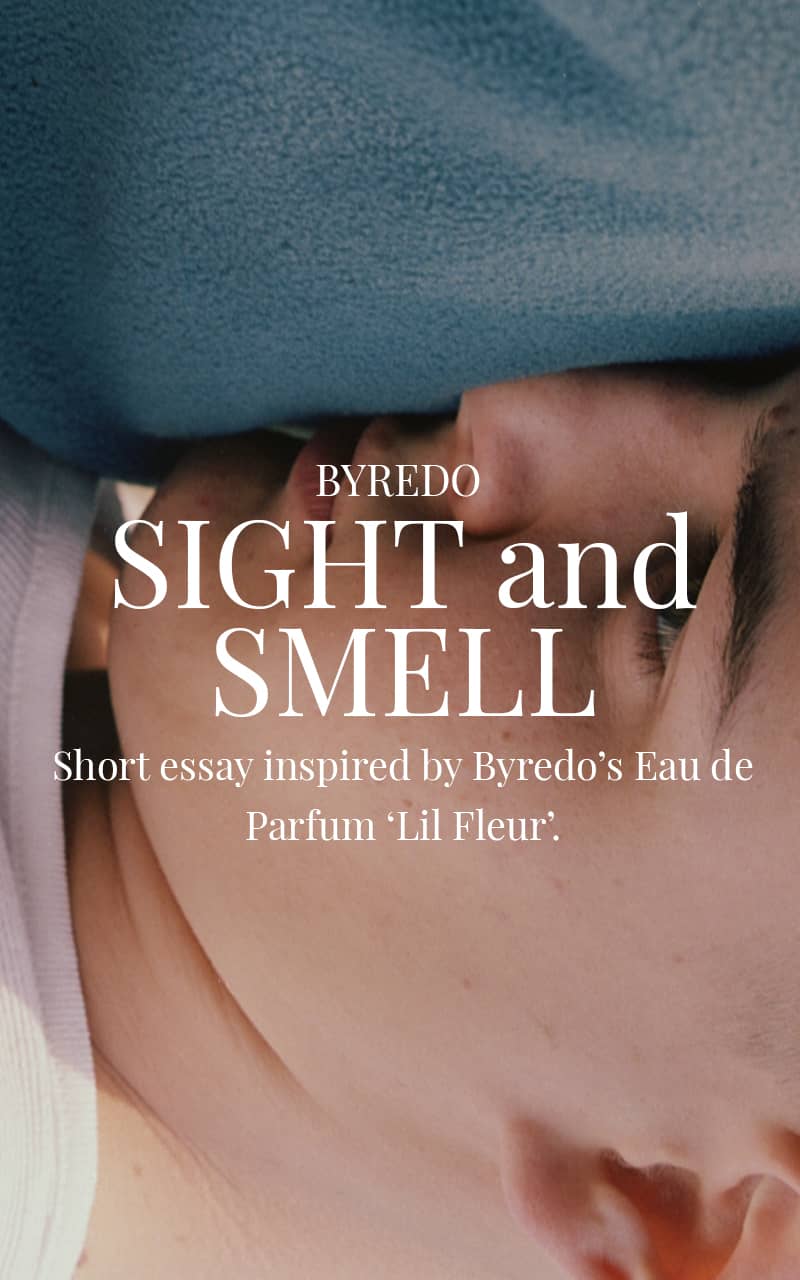
The Play of the Mind
At the turn of the 19th century, on a night of play, trick and sneaky deceit, a middle-aged widow realised, among thick curtains and velvet-lined seats, that love really is ‘an illness to which man is prone at any age’.
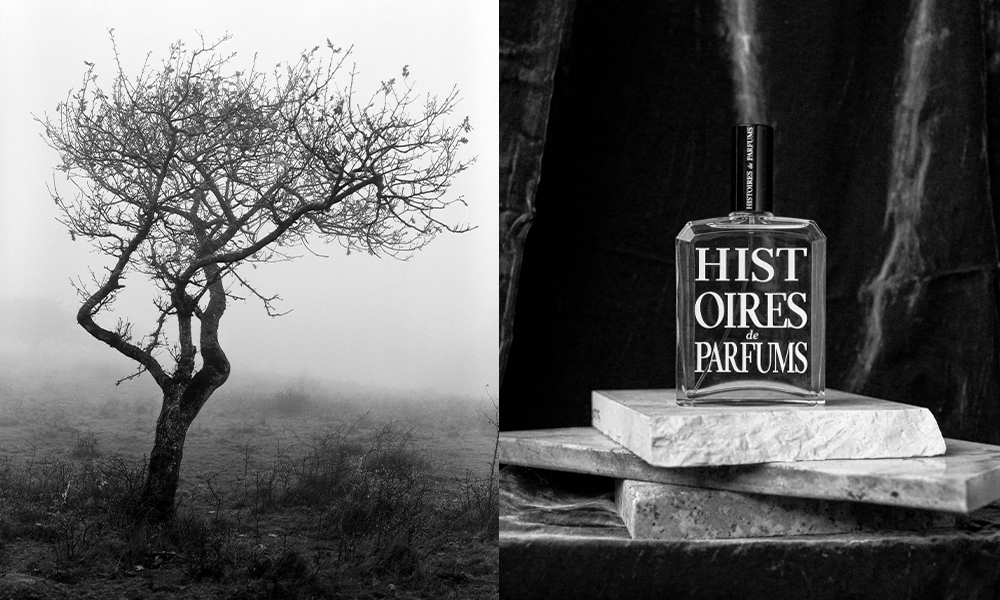
As I took my seat in the gas-lit gallery of a dusty, absinth-smelling theatre, my cheeks became flushed. To this day, it’s hard for me to describe how I felt in that very moment. It was just as if the people around me – blind, for the most part – could see into my soul, stripping me down and, eventually, laying my secret bare. After all, I should’ve known that no mask, rouge or costume would’ve been able to spare me from being judged, pointed at and exposed by a crowd that resembled the subject of a Kirchner painting. As soon as the show begun, I sank into my liquorice black gown, relying on the familiar scent of lavender in which it had been soaked to comfort me. For the tenth night in a row, I held my breath and just forced myself to wait for the moment when a Casanova in the making would’ve sneaked in and corrupted my endangered morality, giving such a ruthless man the chance to write my name in the diary of his conquests. All of a sudden the show reached an emotional peak, and I closed my deep amber eyes, I aligned my breath with the unsteady evolution of the baritone’s voice on the musical score and fiercely dug my nails in the velvet-lined theatre seat. Then my Casanova finally made his entrance and filled that confined space with his bittersweet presence, but when I opened my eyes to meet his gaze, I realised there was no one to be seen. In a house of play or, as you might say, deceit, my own mind had tricked me, making me long for a semblance of love.
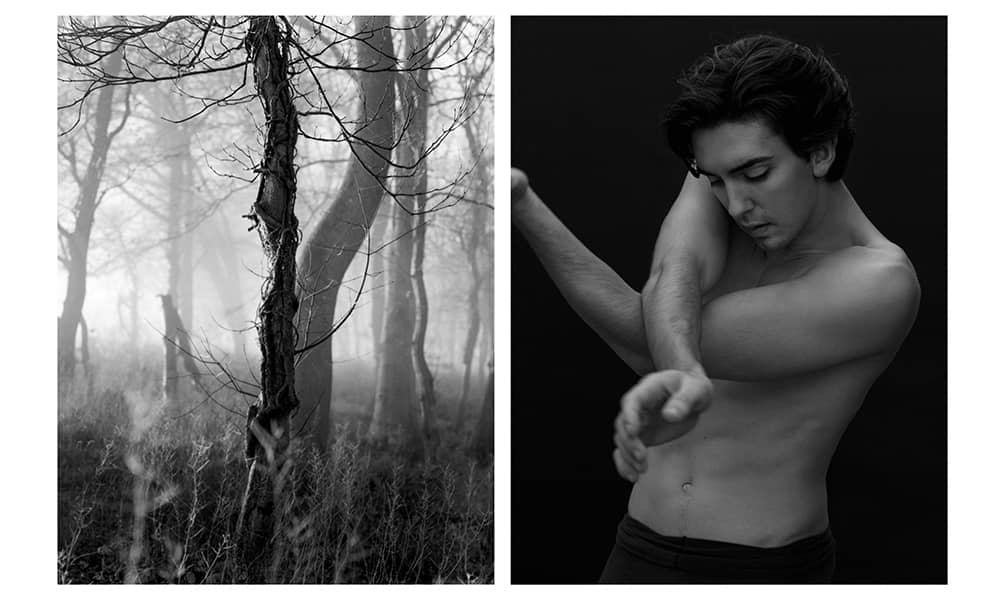
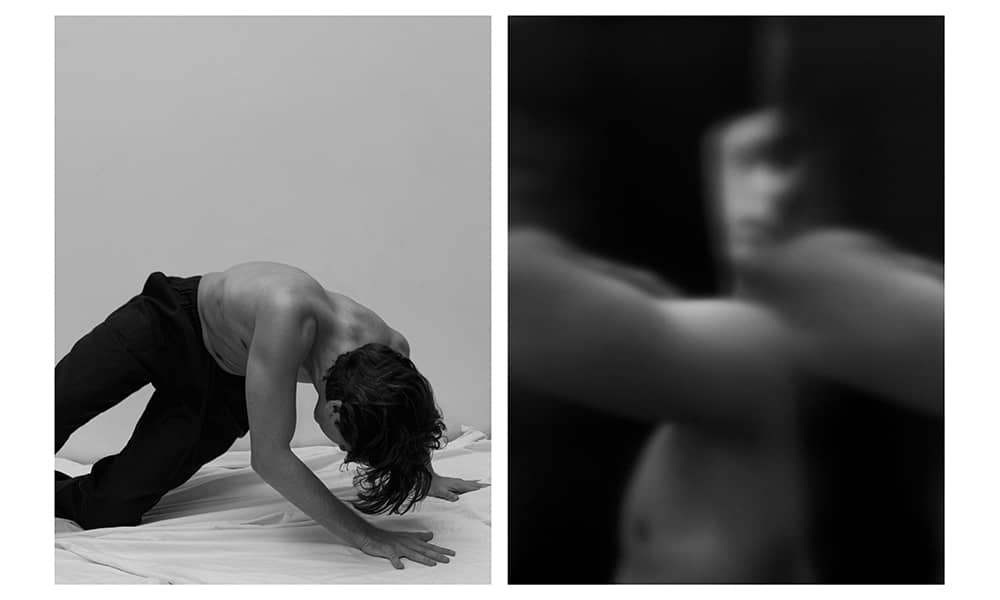
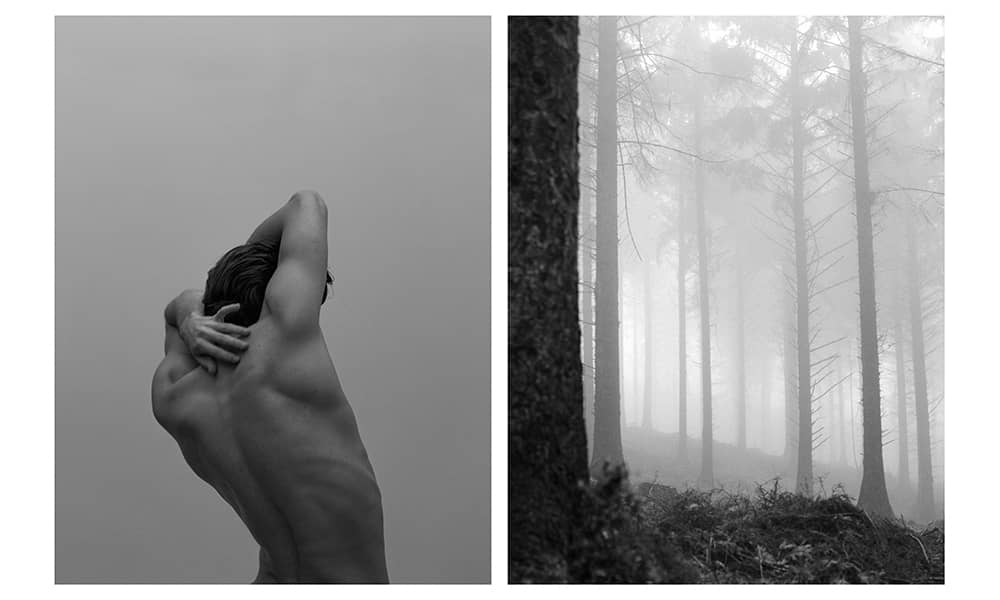
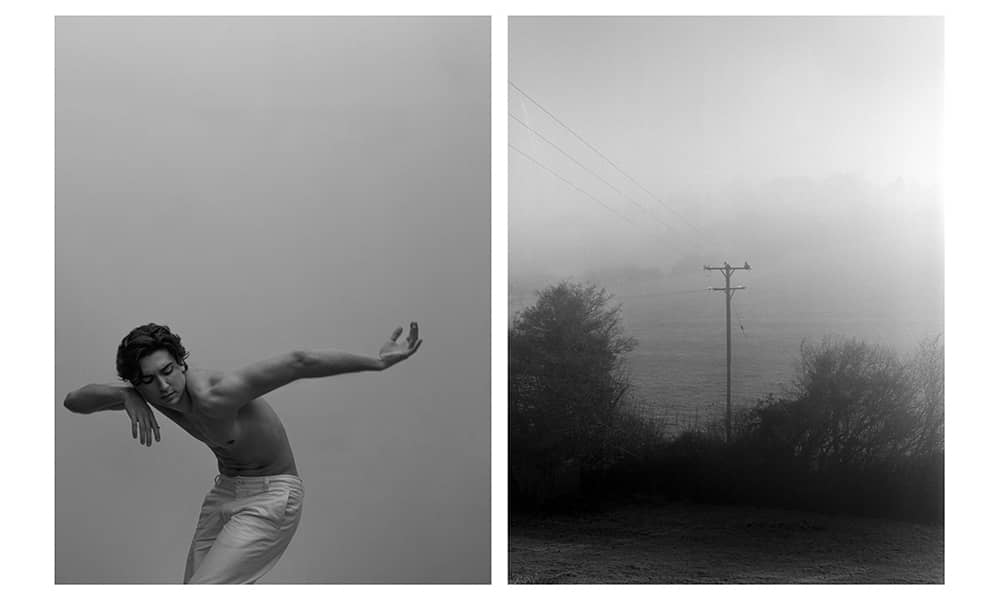
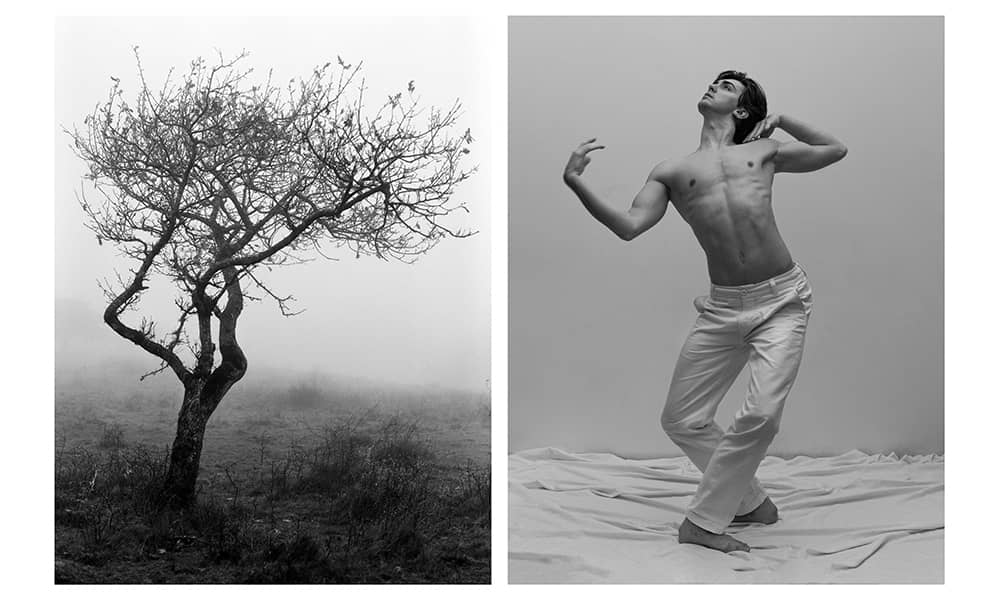
Credits: Art Direction and Still Life Photo by Sara Ferraris / Text by Marco Martello / Photo by Tom J. Johnson / Model-Dancer Téo Dubreuil